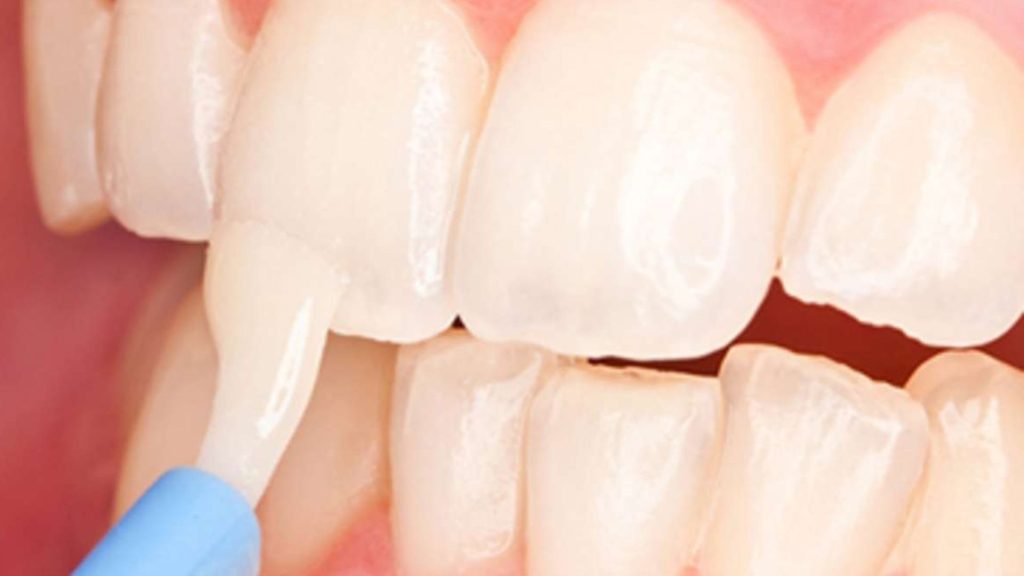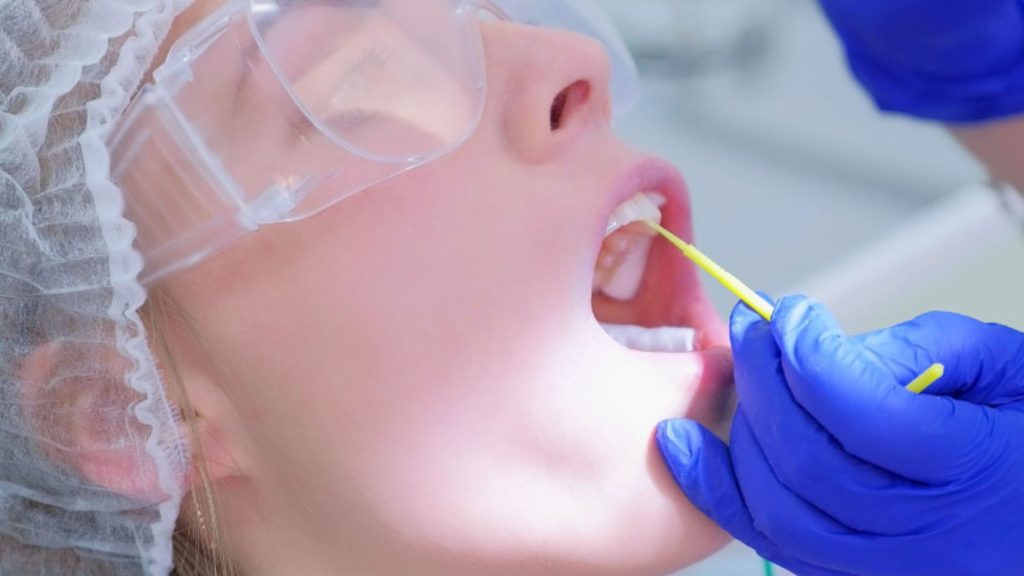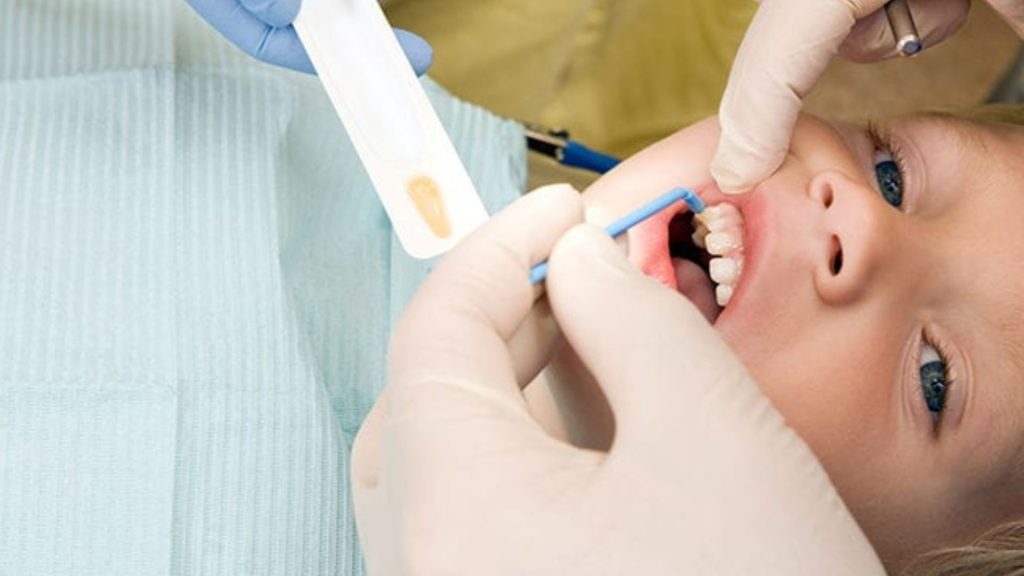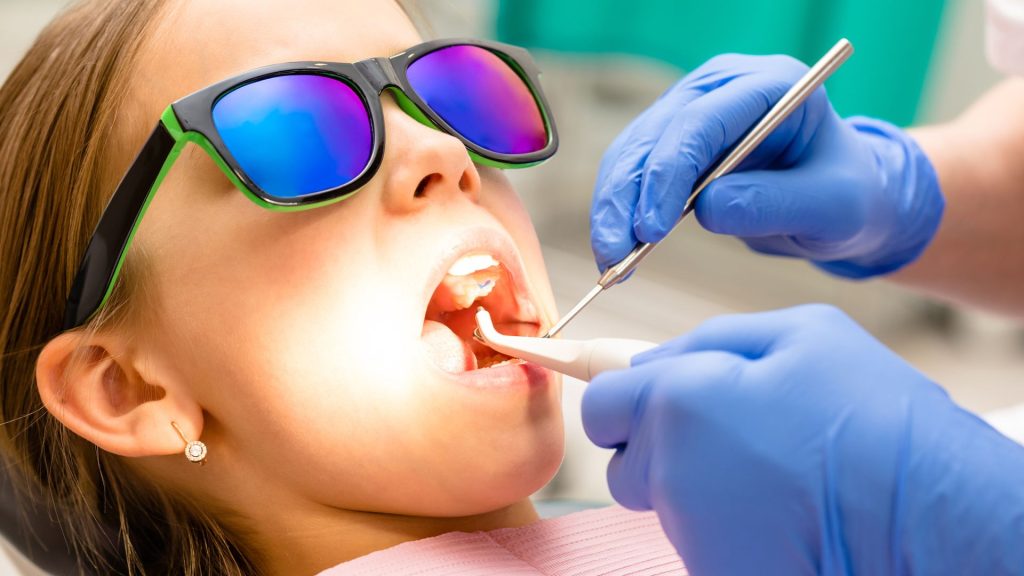Fluoride treatment is one of the most often used treatments in dentistry. Scientists have discovered that tooth decay is the most common oral health problem in the world. It’s vital that you maintain good dental hygiene since it may have a dramatic effect on your general well-being. Fluoride’s preventative and therapeutic effects are positive.
Dentists in Bassendean will get knowledge on fluoride treatment and preventative dental care from this article.
What Is Fluoride Treatment?


Fluoride Therapy is the use of fluoride (fluorocarbon) to fortify tooth enamel and halt the spread of cavity-causing germs. In dentistry, these treatments are routinely used to safeguard teeth and forestall the onset of dental issues including cavities, gingivitis, and bad breath. Scientists in the 1930s showed that fluoride in water significantly reduced the prevalence of tooth decay in children who drank it regularly as opposed to those who did not have Fluoride in them. Adding fluoride to municipal water supplies has been demonstrated in several studies since then to significantly reduce the prevalence of tooth decay.
Many methods exist for applying fluoride to teeth, such as using fluoride toothpaste, rinsing with a fluoride solution, or undergoing in-office fluoride treatments using fluoride gels or foams. Children and adults alike may benefit from fluoride treatments to prevent tooth decay and other dental issues.
Method Of Using Fluoride Treatment
Enamel may be protected and strengthened by a variety of fluoride treatment procedures. These are several common methods:
- Employ fluoride toothpaste: Toothpaste containing fluoride is one of the most convenient and widely used ways of administering fluoride therapy. The enamel’s resistance to cavity-causing bacteria and other tooth-damaging substances is bolstered by the little quantity of fluoride included in this toothpaste.
- Use fluoride mouthwash: Another easy way to treat your teeth with fluoride is to use fluoride mouthwash. The fluoride in this solution clings to the tooth surface as you rinse, boosting the enamel’s durability.
- Use special fluoride agents: To protect and strengthen tooth enamel, dentists can use special fluoride-containing agents that are put on the surface of the tooth or directly in the mouth.
- Professional fluoride treatment: Fluoride treatments can be done at home, but they can also be done in a dental clinic. These approaches include applying fluoride gel or foam directly to the teeth to strengthen the enamel.
The dentist will choose the best course of fluoride therapy to preserve and strengthen the patient’s enamel based on the patient’s specific oral health needs.
Why Use Fluoride Treatment?


If you want to keep your teeth healthy and avoid future dental issues, fluoride treatment is your best bet. The following justifies the need for a fluoride treatment:
- Reduces dental decay: Fluoride strengthens tooth enamel, making it more resistant to microorganisms that cause tooth decay. Frequent fluoride treatment helps reduce the risk of tooth decay and protects tooth enamel from wear and injury.
- Harden dental enamel: Fluoride helps tooth enamel withstand germs, acids, and other damaging chemicals in food and beverages. Fluoride treatment makes tooth enamel stronger and protects it from these harmful substances.
- Protects teeth from dental issues: Fluoride therapy helps prevent cavities, irritated gums, gingivitis, poor breath, and more.
- Suitable for all ages: Fluoride treatment can be used for both children and adults, helping to protect and strengthen the enamel of both subjects.
Because of this, fluoride treatment is a great option for safeguarding teeth and maintaining a healthy, radiant grin.
Who Should Use Fluoride Treatment?


Some people that might benefit from fluoride therapy are:
Children | The best way to safeguard kids’ pearly whites is with fluoride therapy. Fluoride therapy may reduce the prevalence of cavities in children by inhibiting the development of cavity-causing bacteria and bolstering the protective properties of tooth enamel |
Adults | Fluoride therapy is advised not just for children, but also for adults. Fluoride treatments include brushing with toothpaste containing fluoride and rinsing with a fluoride solution are quick and easy methods to protect teeth against the emergence of dental issues. |
High-risk dental patients | People who are at elevated risk of tooth decay or other oral issues, such as gingivitis, poor breath, etc., should also have fluoride therapy to lower their chance of developing dental issues. |
But people with kidney failure, fluoride allergies, or children under 2 years old shouldn’t use fluoride treatments. Instead, they should talk to a doctor for protection.
Taking Caution With Fluoride Treatment for Kids


Fluoride treatment is a very effective method of protecting and strengthening the enamel of children’s teeth. Here are some notes when using fluoride treatment for children:
- Appropriate age: Children 6 years of age and older are the appropriate age for fluoride treatment. For children under 6 years of age, advice from a dentist or pediatrician about the appropriate use of fluoride treatment and the correct dosage is required.
- Fluoride dosage adjustment: The dose of fluoride used for children should be adjusted according to the child’s age and oral condition. Too much fluoride can cause things like yellow reeds or spots on teeth.
- Brush properly: Children need to be taught how to brush properly from an early age to ensure the effectiveness of fluoride treatment. Parents need to help children brush their teeth at least twice a day and use the right amount of fluoride toothpaste according to the manufacturer’s instructions.
- Use a fluoride mouthwash: Gargle with a fluoride solution for about 30 seconds and do not swallow it down your throat. Use this solution after brushing your teeth for best results.
- Perform routine check-ups: To ensure the effectiveness of fluoride treatment, children need to visit the dentist regularly to check their oral health and be advised on the appropriate use of fluoride treatment.
Fluoride Treatment vs Dental Inlays And Onlays
Would you consider having inlays, onlays, or fluoride applied to your teeth? All of these approaches have their limitations that must be considered.
We’ll talk about fluoride treatments and dental inlays and onlays to help you make the best decision for your teeth and gums.
| Advantage | Disadvantage | |
Fluoride Treatment |
|
|
Dental Inlays And Onlays |
|
|
Fluoride Treatment At Spring Orchid Dental Clinic


When patients of the Spring Orchid dental clinic in Bassendean, especially children, need to have their teeth saved, we provide them with competent fluoride therapy. Most families can take their children to the dentist without having to pay out of pocket thanks to the Children’s Dental Benefits Plan (CDBS), which is a subsidy from the government:
Step 1: Dental exam
The dentist will check the patient’s teeth and gums to see how bad their oral health is and whether they need to undergo Fluoride Therapy.
Step 2: Teeth-whitening
The dentist at Spring Orchid will whiten a patient’s teeth if it’s vital to remove stains and safeguard the enamel layer.
Step 3: The teeth are parched
After whitening your teeth, the dentist will use a special dryer to get them ready for the next step.
Step 4: Teeth with a fluoride coating
In order to apply fluoride to the patient’s enamel, the dentist will utilize a specialized tool. Sodium fluoride, the kind of fluoride utilized at Spring Orchid Dental, is safe and highly recommended for usage in youngsters.
Step 5: Give advice
After applying fluoride to enamel, patients will be advised not to eat or drink or wash their mouth for 30 minutes so that the fluoride can be better absorbed. The dentist will use a tool to dry the patient’s mouth and instruct the patient not to drink water for 30 minutes.
Step 6: Check
The dentist will recheck the patient’s teeth once the course of Fluoride Treatment has been completed to determine the therapy’s efficacy. Oral hygiene will be instructed.
Conclusion
Spring Orchid Dental is a welcoming and well-run facility in a convenient location. Spring Orchid Clinic offers the greatest dental treatments, including children’s dental care, with a team of skilled experts and contemporary technology. Children have their own waiting room and toilet table, so they may feel at ease and protected while receiving care.
Moreover, the government-encouraged Children’s Dental Benefit (CDBS) program makes it simpler than ever to receive your kid the dental treatment they need. Thus, make an appointment at the Spring Orchid dental clinic right once to get help and guidance from the professional staff there.
FAQs
Do I need Fluoride Treatment every day?
No, fluoride treatment is not required daily. But, using fluoride toothpaste and drinking fluoridated water may help preserve teeth from decay and minimize the incidence of communal diuresis. Fluoride treatments and routine dental checkups are 2 other excellent strategies to maintain the health of your teeth and prevent dental issues.
What Happens If You Use Too Much Fluoride?
There are negative repercussions associated with using too much fluoride. Excessive fluoride intake may cause some of the following problems.
- Toxicity: Using too much fluoride can be bad for the body, especially for young children. Fluoride poisoning manifests first as lightheadedness, nausea, and vomiting.
- Cavities: Fluoride makes teeth less likely to get cavities, but too much of it can thin the enamel, making teeth less resistant to decay. This makes cavities happen.
- Tooth color change: Taking too much fluoride might cause your teeth to turn from dazzling white to golden brown or light gray.
- Infertility: Excessive fluoride consumption may lead to infertility in women and decreased reproductive function in males.
Because of this, fluoride needs to be used in the right way and at the right dose to avoid causing unwanted side effects.
Is Fluoride Treatment a Painful Process?
No, fluoride doesn’t hurt. It’s essential to a good dental hygiene practice. Long-term fluoride application coats teeth. Dentists swirl the water in your mouth to eliminate fluoride. It improves teeth and gums without discomfort.





